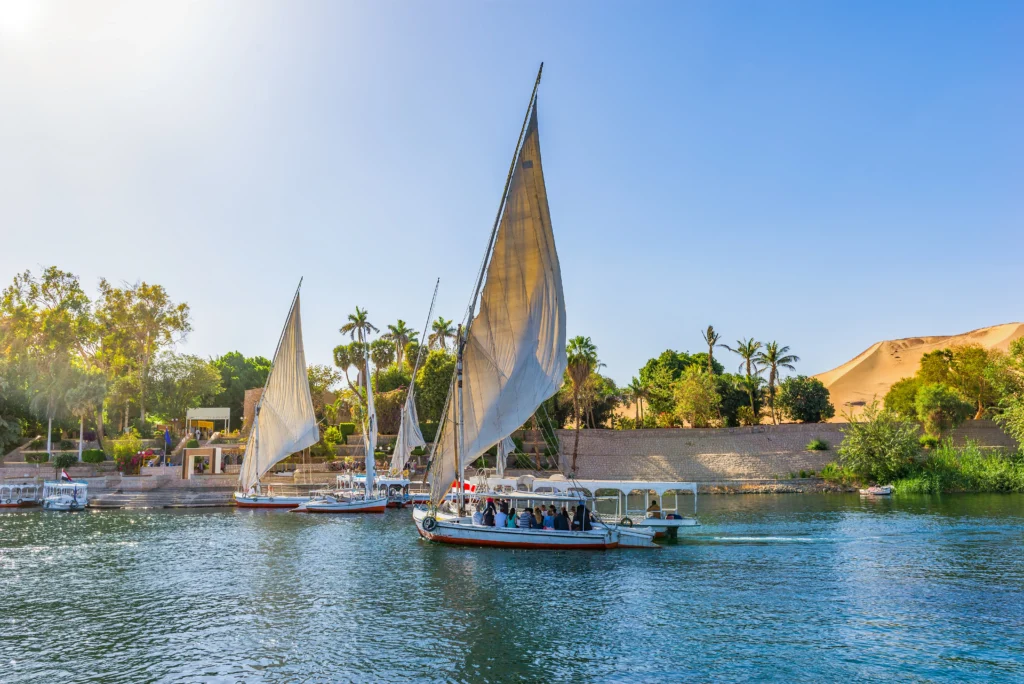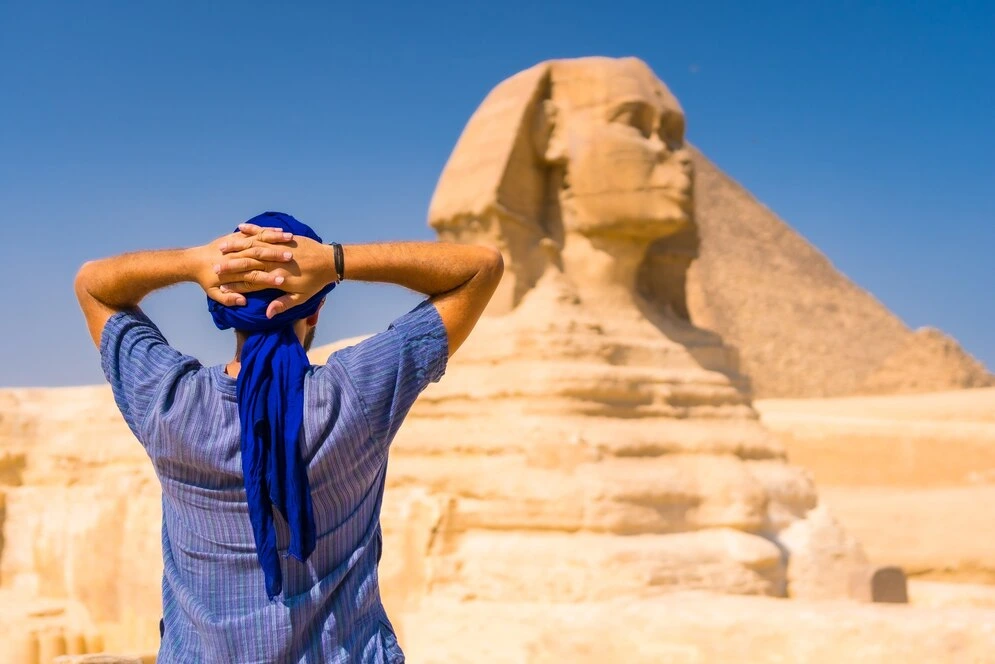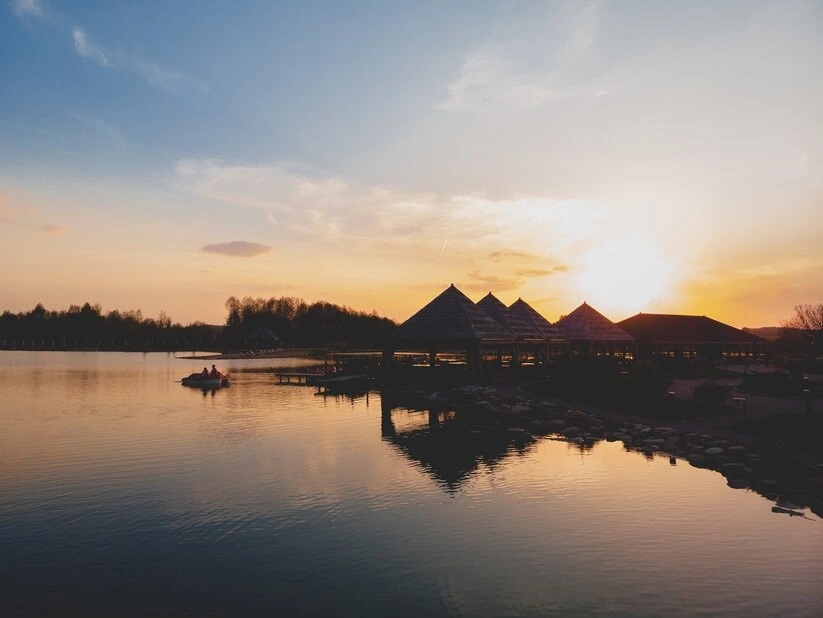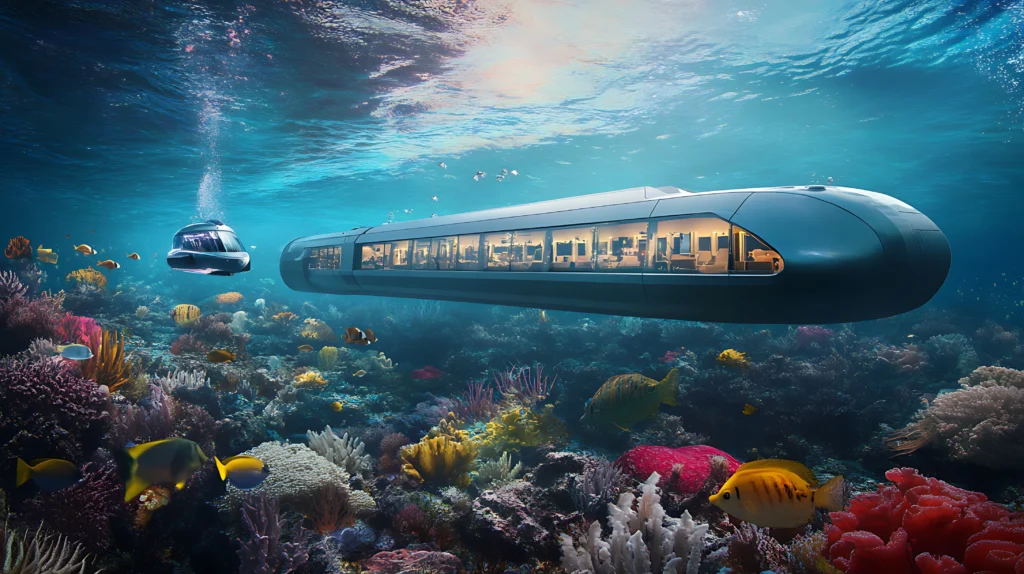A tragic maritime disaster struck the Red Sea when a tourist submarine operated by Sindbad Submarines sank off the coast of Hurghada, Egypt. The vessel, carrying dozens of Russian tourists, encountered a catastrophic failure, leading to multiple fatalities and injuries. Emergency teams swiftly responded, rescuing several passengers, but the incident has raised serious concerns about the safety of underwater excursions in the region. As investigations unfold, questions arise about what caused the accident and how it will impact Egypt’s tourism industry. In this article, we explore the details of the disaster, its implications, and the future of marine tourism in the Red Sea

What Happened? A Look at the Submarine Tragedy
On March 27, 2025, tragedy struck off the coast of Hurghada, Egypt, when a tourist submarine, operated by Sindbad Submarines, sank while taking passengers on an underwater excursion in the Red Sea. The vessel was carrying 45 people, including tourists from Russia, as well as crew members. Tragically, the accident resulted in the deaths of at least six passengers, with several others injured, including four critically.
The submarine had been on a routine tour, offering guests the opportunity to explore the vibrant coral reefs and marine life of the Red Sea, a popular attraction for both local and international tourists. The exact circumstances that led to the sinking are still under investigation, but the accident occurred shortly after the submarine descended to a certain depth during its voyage.
Eyewitnesses report hearing a sudden sound, followed by panic as water began flooding the vessel. Emergency responders were quickly dispatched to the scene, rescuing 29 survivors and pulling them to safety. The search for other passengers continued as the authorities worked tirelessly to recover the wreckage and identify the cause of the disaster.
In the aftermath of the sinking, the Egyptian government has vowed to strengthen safety regulations for underwater tourism, ensuring that such tragedies do not occur again. As investigations proceed, questions are being raised about whether safety protocols were followed, and how future incidents can be prevented to protect passengers.
The news has shocked many, especially in the tourism sector, as Egypt has long been a sought-after destination for submarine excursions, and the Red Sea region is renowned for its vibrant underwater life. This incident is likely to have lasting effects on the reputation of submarine tourism in the region.

Who Was Aboard? Russian Tourists Among the Victims
The majority of the passengers aboard the ill-fated Sindbad Submarine were Russian tourists, making the tragedy particularly devastating for Russia. According to reports, the vessel was carrying 45 passengers, including families, children, and other vacationers seeking a unique experience in the Red Sea. The group had traveled to Egypt for a relaxing holiday, drawn by the region’s natural beauty and underwater attractions.
Among the six confirmed dead, several were Russian nationals, with many others suffering from injuries. The survivors, though shaken by the traumatic event, have been provided with medical attention and are receiving support from local authorities and the Russian embassy. The embassy has been in constant communication with Egyptian officials to ensure that the victims’ families are informed and to assist with the repatriation of bodies.
Russian officials have expressed deep condolences for the victims and are investigating the safety measures that were in place for the excursion. The tragic loss has sent shockwaves through the Russian community, especially given the popularity of Egyptian resorts among Russian tourists.
Families of the victims have been offering emotional tributes and seeking answers from both the Egyptian government and the tourism company. The Russian Ministry of Foreign Affairs has urged a thorough investigation into the incident, demanding accountability and transparency. As the tragedy unfolds, the global community has expressed its sympathy, with many hoping that this incident will lead to stronger regulations for tourist submarine operations worldwide.
This devastating event has highlighted the vulnerability of international tourists, particularly those on excursion activities in foreign countries. It also underscores the importance of ensuring rigorous safety standards in all types of maritime tourism to prevent such tragedies in the future.

Sindbad Submarines: A History of Red Sea Excursions
Sindbad Submarines has been a prominent name in the underwater tourism industry in Egypt for several years, offering tourists the chance to explore the vibrant marine life and coral reefs of the Red Sea from the safety of a submerged vessel. The company operates a fleet of submarines that allow passengers to experience the wonders of the ocean floor without the need for scuba diving equipment. These excursions are particularly popular among families and those who wish to enjoy the beauty of the Red Sea’s marine ecosystem while remaining safe and dry.
Founded in the early 2000s, Sindbad Submarines became a key player in Egypt’s thriving tourism sector, providing a unique alternative to traditional boat tours and diving experiences. The submarines are designed to carry large groups of tourists, and the excursions usually last for about an hour, allowing passengers to witness coral reefs, fish species, and other marine life in their natural habitat.
Over the years, Sindbad Submarines has garnered a solid reputation among tourists seeking a memorable underwater experience. Their vessels are equipped with large viewing windows to give passengers unobstructed views of the ocean, which has made the excursions a sought-after attraction for visitors to Egypt’s Red Sea resorts, particularly in Hurghada and Sharm El Sheikh.
Despite their popularity, however, there have been occasional concerns about the safety standards of such vessels. Although the company has generally followed industry protocols, the recent tragedy has raised serious questions about the adequacy of safety measures and whether these vessels are equipped to handle emergencies or unforeseen situations. Prior to this incident, Sindbad Submarines had not been associated with any major accidents, but this recent sinking will undoubtedly lead to increased scrutiny of their operations.
In light of the tragedy, the company’s future remains uncertain. While it has built a strong customer base and is an iconic part of Red Sea tourism, the incident may force Sindbad Submarines to reevaluate its safety protocols and possibly make significant changes to its fleet and operations in order to regain the trust of potential customers.
The sinking of the Sindbad submarine serves as a stark reminder of the risks involved in underwater excursions, no matter how established or reputable the company. It also emphasizes the critical need for rigorous safety regulations and frequent inspections of all maritime vessels, especially those involved in tourism.

Investigating the Cause: What Led to the Sinking?
The sinking of the Sindbad submarine off the coast of Hurghada has raised many questions about the safety and operational integrity of tourist submarines. As Egyptian authorities and experts begin their investigation into the cause of the tragedy, several factors are being considered to determine what led to the disaster.
One of the primary areas of focus is the submarine’s structural integrity and mechanical condition. Submarines, like all vessels, are subject to rigorous maintenance schedules to ensure they remain seaworthy. Investigators will likely examine whether the submarine was properly maintained, and if there were any prior reports of malfunctions or concerns that may have been ignored. Mechanical failure is a common cause of maritime accidents, and experts will be scrutinizing the submarine’s propulsion systems, ballast tanks, and hull for any signs of damage or wear.
Additionally, the depth at which the submarine was operating when it sank is a critical detail. If the vessel was at a significant depth when it encountered trouble, there could have been issues related to pressure or buoyancy that contributed to the sinking. Submarines operate under unique pressures, and any failure in the structural integrity of the vessel at greater depths can lead to catastrophic consequences. Investigators will likely focus on the depth records and any anomalies that may have occurred during the excursion.
Another important factor is the crew’s actions during the emergency. Did the crew follow established safety protocols? Were there any lapses in communication or a delay in deploying emergency measures, such as the emergency ballast or surface evacuation plans? Human error, though rare, can play a significant role in maritime disasters, especially when dealing with complex machinery or emergency scenarios.
Weather conditions may also be a contributing factor, although early reports do not indicate adverse weather at the time of the incident. Still, factors like strong currents or underwater terrain could have played a role in destabilizing the vessel. In maritime accidents, it’s crucial to investigate not just mechanical and human factors but environmental conditions as well.
Finally, the investigation will likely delve into the company’s safety practices and regulatory compliance. Were all safety checks performed before the submarine set out on its excursion? Were the passengers properly briefed on safety procedures? Authorities will need to determine if Sindbad Submarines adhered to local maritime laws and international safety standards for tourist submarines.
As investigations continue, it is crucial that all aspects of the tragedy are thoroughly examined to prevent future occurrences. While the cause of the sinking remains unclear, the findings from this inquiry will likely result in significant changes to the way tourist submarines are operated, both in Egypt and in other parts of the world.

The Future of Marine Tourism in the Red Sea
The tragic sinking of the Sindbad submarine is likely to have profound implications for marine tourism in the Red Sea region, a hotspot for underwater excursions. As authorities and tourism industry leaders reflect on the incident, the future of such tourism in Egypt could face significant challenges and transformations.
The Red Sea has long been a popular destination for tourists seeking to explore its stunning coral reefs, vibrant marine life, and crystal-clear waters. Submarine tours, in particular, have offered an accessible way for visitors of all ages to experience the wonders of the ocean without the need for diving certification. These excursions have become a staple of Egypt’s tourism industry, particularly in areas like Hurghada, Sharm El Sheikh, and Marsa Alam, attracting thousands of tourists each year.
However, the recent tragedy has cast a shadow over the future of underwater tourism. The incident has raised questions about the safety of these vessels, leading to calls for more stringent regulations and oversight. Tourists, especially those traveling with families, may become more hesitant to embark on such excursions without assurances of their safety. If public confidence in the safety of submarine tours erodes, it could significantly impact the number of tourists choosing to engage in these experiences.
In response to the sinking, there may be a renewed push for stronger safety standards across all marine tourism activities. This could include more frequent and thorough inspections of submarines, stricter crew training requirements, and improvements in emergency preparedness. Additionally, there could be calls for greater transparency from tour operators regarding the safety measures in place on their vessels.
Tourism authorities in Egypt, as well as operators like Sindbad Submarines, may need to invest in modernizing their fleet and adopting more advanced technologies to enhance the safety of underwater tours. These efforts could include the introduction of more robust safety features, such as emergency flotation devices, real-time monitoring systems, and better communication protocols for rapid response in case of emergencies.
Beyond safety improvements, the future of marine tourism may also involve diversifying the types of experiences offered to tourists. The Red Sea is renowned for its biodiversity, and operators might shift their focus to other forms of marine tourism, such as glass-bottom boat tours, snorkeling, and diving, all of which can provide rich underwater experiences without the potential risks associated with submarines.
The Egyptian government may also need to reassess the regulations governing marine tourism to ensure they align with international best practices and meet the evolving needs of the industry. With increased scrutiny on tourism safety worldwide, Egypt’s reputation as a tourist destination will depend on its ability to respond to this tragedy with meaningful changes that prioritize the safety of its visitors.
In the long term, while the tragedy may cast a temporary shadow over marine tourism, it could ultimately serve as a catalyst for positive change. If properly addressed, these changes could help ensure that the Red Sea continues to be a safe and attractive destination for tourists seeking unforgettable underwater experiences.
Table of Contents
Final Destination: Bloodlines – Trailer Breakdown & What to Expect – trendsfocus